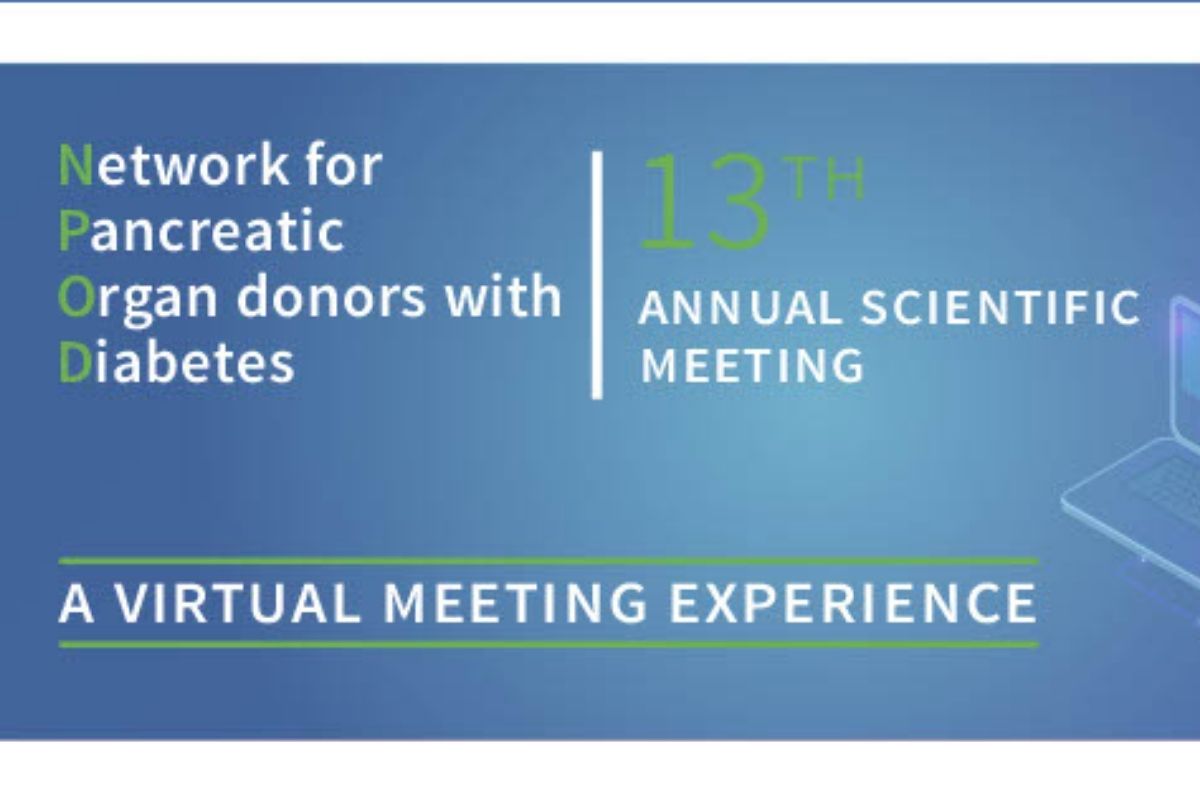Bench to Bedside: JDRF-nPOD Conference
in Conference, Research

The 13th Network for Pancreatic Organ Donors with Diabetes (nPOD) Annual Meeting was held February 22-24, 2021, and featured some of the most world-renowned diabetes investigators. A total of 530 participants were registered.
nPOD is now the world’s largest tissue bank dedicated to the study of the human pancreas in type 1 diabetes (T1D).
The latest advances—using nPOD samples—were discussed, including:
- Development of T1D—Critical Role for Class II?: Estefania Quesada-Masachs, M.D., Ph.D., of the La Jolla Institute for Immunology, gave a presentation of proteins found on cells, called HLA, that cradle molecules and help identify the cell as self or non-self. There are two types of HLA protein: class I and class II. HLA class I is required for T1D, but, as presented by Dr. Quesada-Masachs, islets from type 1 donors had significantly higher expression of HLA class II, compared to both autoantibody-positive and healthy donors. This hints at a potentially critical role for HLA class II expression in the development of T1D.
- “Sleeping” Beta Cells: Bruce Verchere, Ph.D., of the University of British Columbia, posed the question: “In beta cells, how much loss of function vs. loss of mass occurs at diagnosis of type 1 diabetes?” He challenged the traditional paradigm that T1D results in total destruction of beta cells and discussed the concept of “sleeping” beta cells, in which beta cells are there in T1D, but are merely dysfunctional. Of note, he discussed beta cell stress, one of the pathways leading to beta cell death, as a therapeutic target.
- A New Autoantibody?: Ji-Ming Feng, Ph.D., of Louisiana State University, gave a presentation on Golli proteins, which are found in cells of the central nervous system and immune cells. But Dr. Feng wanted to focus on their function in pancreatic islet cells. He found that those who were deficient in Golli protein had impaired glucose tolerance and reduced insulin production compared to controls. This may be a useful marker for detecting beta cells dysfunction at the early stages of disease, particularly if the Golli autoantibody is found to be present in people with T1D.
- A Viral Vaccine for T1D: Francisco Leon, M.D., Ph.D., of Provention Bio, discussed how consortia, like nPOD, enable industry to bridge the divide from bench to bedside, when he talked about the coxsackievirus B (CVB) vaccine, PRV-101. The hypothesis that CVB infection leads to the development of T1D required human pancreas samples, which is where nPOD played a pivotal role. Using the samples, they were able to discover the presence of CVB in the beta cells in type 1 and type 2 diabetes. This enabled Provention to complete preclinical testing and launch the phase I clinical trial in December 2020. Dr. Leon also highlighted the JDRF T1D Fund’s early seed funding, which enabled the company to find its footing.
Since it was established in 2007 with a $7 million grant from JDRF, nPOD has collected and processed more than 50,000 tissue samples from organ donors who had or were at increased risk for T1D, and has provided, without cost, these rare and difficult tissues to researchers around the world. It has supported more than 250 studies to unlock the mysteries of the human pancreas. For more information on nPOD, you can visit their website or view our nPOD one-pager.
You are helping us find ways prevent, treat, and—one day—find cures for T1D. Find out more about JDRF here.